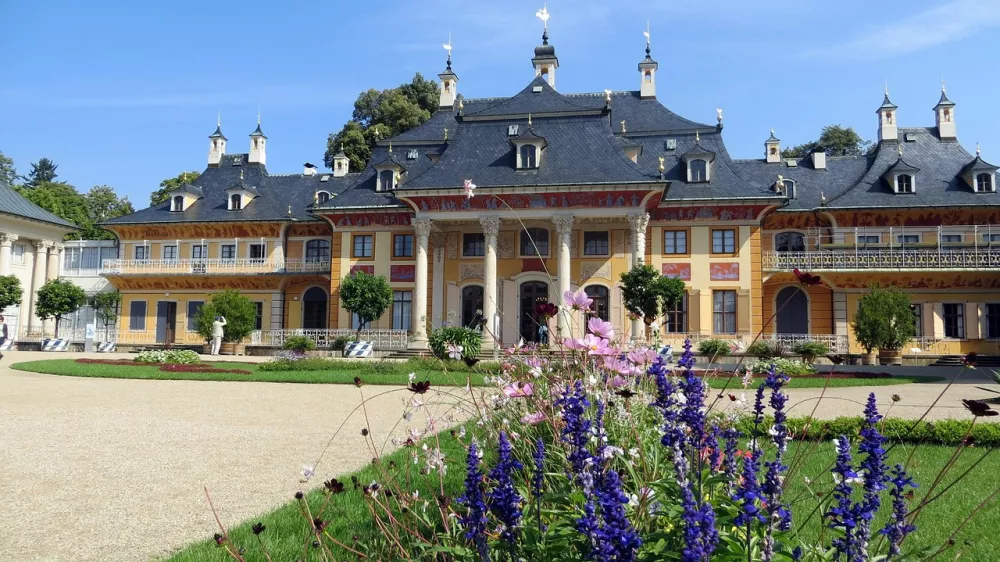Dresden guide 
On the Elbe River, near the border with the Czech Republic, you'll find Dresden. Many people come here for the Christmas markets, but the city is certainly worth visiting throughout the year. Baroque treasures such as the Zwinger, the Frauenkirche and Pillnitz Castle will take you straight back in time. Nature lovers can take a trip to the nearby Saxon Switzerland Nature Park.
Sights and monuments - The most famous sights in Dresden, such as the Frauenkirche, Zwinger, Semperoper or Pillnitz Castle.
Accommodation - Recommendations for verified accommodation from luxury hotels to spa resorts, apartments or cheap hostels.
Food and drink - Tips for local specialties such as Dresdner Eierschecke egg tart or Dresdner Christstollen Christmas stollen.
Practical advice - How to travel around Dresden, where to enjoy the nightlife or information about boat trips or Christmas markets.
Weather - The best time to visit Dresden, year-round and current weather forecast.
Celebrities - Famous composers, artists and nobles who lived and worked in Dresden.

Dresden, the capital of the German state of Saxony, is located on the Elbe River, about 200 km southeast of Berlin, near the border with the Czech Republic. This city, rich in history and culture, is considered one of the most beautiful cities in Germany. With a population of around 560,000, it is the 4th most populous city in Germany.
In the past, Dresden was an important center of art, architecture and education. Some of the highlights include the Frauenkirche, the Zwinger, the Semperoper and the Brühl Terrace. These historic buildings, badly damaged during the bombing in 1945, were later restored.
Nowadays, Dresden is famous for its museums, galleries and classical music concerts. The city attracts lovers of architecture and history. Other tourist attractions include the Großer Garten Park, the Jewish Quarter and Pillnitz Castle.

Dresden also hosts a traditional Christmas market every year, one of the largest and most beautiful in Germany. The city has good transport links and offers a wide range of accommodation, restaurants and entertainment activities.
In addition to the river Elbe, smaller rivers Weißeritz and Triebisch also flow through the city. There are several nature parks around Dresden, such as the Saxon Switzerland or the Erzgebirge/Vogtland State Park, which are popular destinations for tourists looking for beautiful nature.
Information and tips about hotels and other accommodation in Dresden.